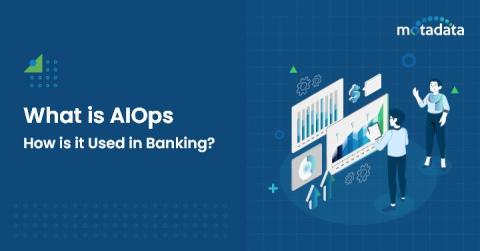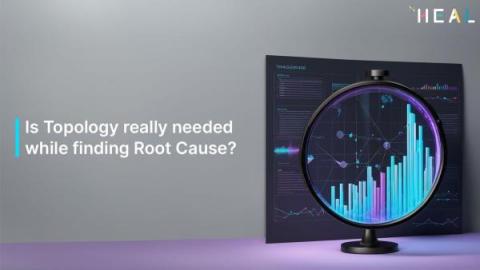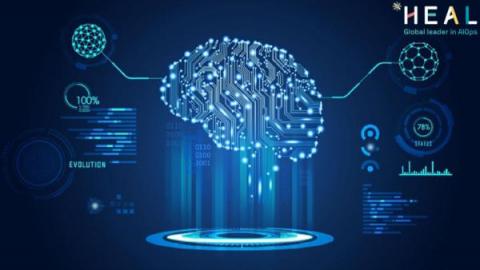Unlocking AIOps, Part 2: The build-vs.-buy decision
Hello again! Continuing from our previous blog, in today’s blog we will delve into a crucial decision that organizations often face when considering AIOps implementation—the build vs. buy dilemma. During our LinkedIn Live event on Mapping the impact of AIOps for CIOs, CTOs, and IT managers, we explored the factors to consider when making the build-versus-buy decision and how it impacts an organization’s journey toward efficient IT operations.










